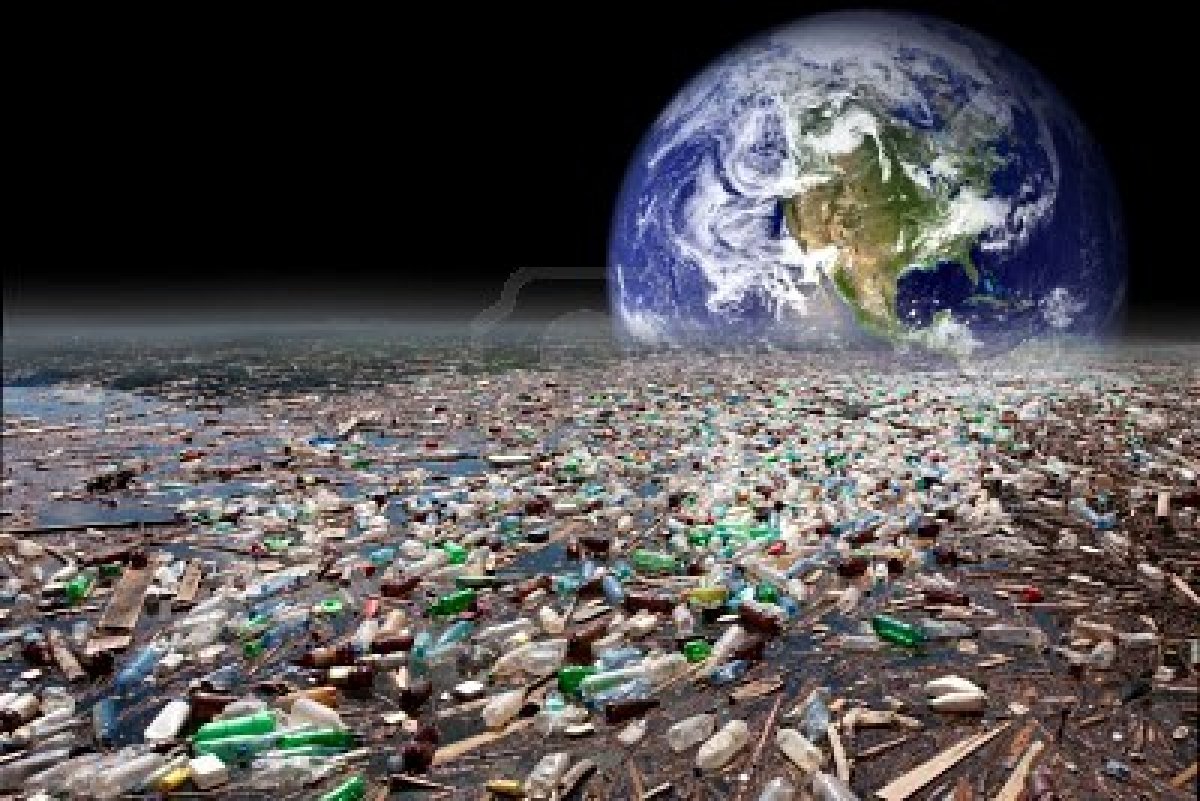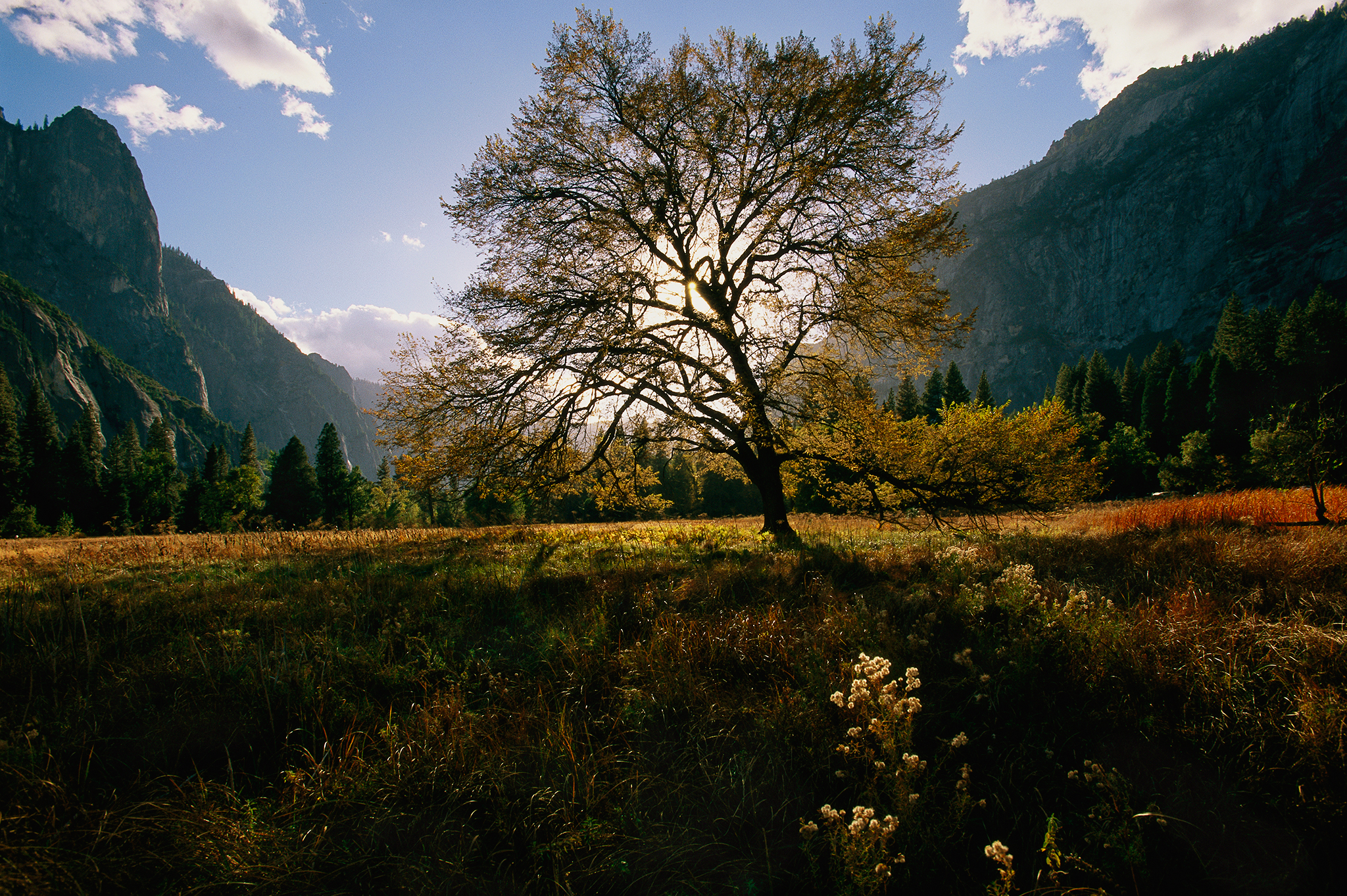The carcasses of 87 elephants have been discovered near a Botswana protected sanctuary, killed and stripped for their tusks.

Approximately 94% of the 111 species and subspecies of lemur are under threat of extinction in their native country of Madagascar – the only place they exist outside of captivity.

Using high-resolution satellite images, researchers have detected a massive 88 percent reduction in the size of the penguin colony, located on Ile aux Cochons, in the Iles Crozet archipelago.

The first systematic analysis of marine wilderness around the world shows that only a small fraction - about 13 % - of the world's ocean can still be classified as wilderness.

A global biodiversity collapse is imminent unless we take urgent, concerted action to reverse species loss in the tropics, according to a major scientific study.

Ubiquitous images of many animals are leading us to believe that some of the world's most endangered species are thriving in the wild.

Human’s impact on nature is unmistakable, from vast swaths of lost forest to heaps of trash on beaches. Before these species go extinct one photographer is trying to document these species facing the struggle before it’s too late.

The total flying insect biomass decreased by more than 75 percent over 27 years in protected areas, according to a study .

According to the World Wildlife Fund said unseasonably extensive amounts of sea ice around the colony forced the adult penguins to travel further than normal to forage for food. The babies did not survive the parents' journeys.

Neonicotinoids, the chemicals commonly found in pesticides, have been linked to colony collapse in bee populations.

In the last few years, conservationists and others have turned to big data to get the big picture on environmental degradation, helping to wrangle answers to some of the globe’s most pressing problems.

Over the past thirty years, the number of giraffes on Earth has dropped 38 percent. Based on this depressing find, the IUCN has updated the giraffe’s red list status from “least concern” to “vulnerable.”

The latest report from the United Nations found that the damage we are doing is occurring at a much more rapid pace than previously thought, to such an extent that we are degrading the environment quicker than it can recover.

"It's a practical possibility," says biologist E.O. Wilson, and it could save 80 to 90 percent of all species on Earth.